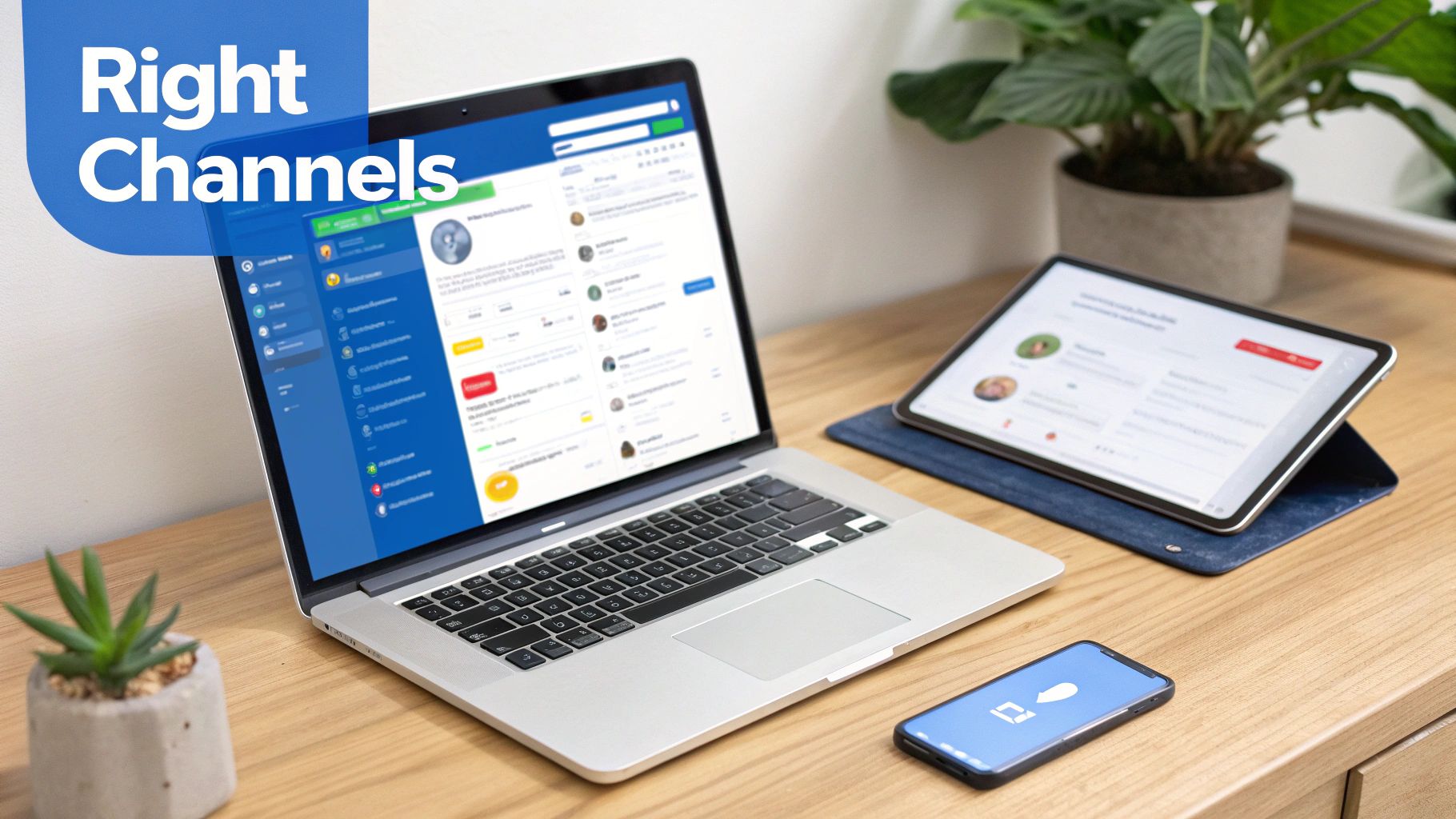Master Internal Communication Strategy with Our Expert Speakers

An internal communication strategy acts as your organization’s GPS for sharing updates, routines, and vision—from boardroom to shop floor. When it’s clear and well-defined, silos break down, trust builds, and everyone moves forward together.
Meet Our Roster of Speakers
- Dr. Lisa Johnson (Stanford AI keynote and change-management expert)
- Raj Patel (Former Google executive and AI-driven communication strategist)
- Prof. Emily Chen (Organizational psychology and feedback-loop specialist)
Understanding Internal Communication Strategy
Picture a major product launch derailed because field teams never received critical updates. That slip can cost millions. Without a solid strategy, messages get lost and morale tanks—one retail chain missed pricing changes and suffered a 15% revenue drop in a single quarter.
Dr. Johnson partnered with a Fortune 500 to test a biweekly newsletter enhanced by AI summaries. Within weeks, open rates jumped from 45% to 78%, aligning managers and frontline staff. This isn’t theory—our speakers live it, driving cultural and performance shifts every day.
Key Benefits:
- Aligns objectives with daily tasks
- Segments audiences by role and location
- Blends channels—from intranet to targeted emails and chatbots
- Establishes governance roles and RACI charts
- Tracks KPIs for real-time optimization
Why Strategy Matters
Poor internal communication costs organizations roughly $1.2 trillion annually, with senior staff losing 63 work days each year—about $54,860 per person. Discover more from communication statistics from Sociabble.
Without measurable goals, teams guess at success and leaders question ROI.
Speaker Insights
“Our biggest mistake was assuming communication would just happen. A solid strategy turned top-down announcements into two-way conversations,” says Dr. Lisa Johnson.
Her tip: hold monthly Q&A sessions so leadership tackles employee questions head-on.
Raj Patel suggests piloting messages on one channel, measuring responses, then scaling what works.
Prof. Emily Chen pushes for real-time feedback loops—chatbots and micro-surveys—to keep a constant pulse.
Core Components Of A Strategy
| Component | Purpose | Outcome |
|---|---|---|
| Objectives | Define targets like boosting open rates by 20% | Focused actions and measurable wins |
| Audience Mapping | Group employees by role, location, and preferences | Communications that actually connect |
| Channels | Use intranet, email, AI chatbots, and town halls | Consistent, multi-channel reach |
| Governance | Assign RACI roles for content creation, approval, and distribution | Faster sign-offs and clear ownership |
| Measurement | Track KPIs such as engagement and feedback scores | Data-driven tweaks for continual growth |
Component | Purpose | Outcome
Objectives | Define targets like boosting open rates by 20% | Focused actions and measurable wins
| Audience Mapping | Group employees by role, location, and preferences | Communications that actually connect |
|---|---|---|
| Channels | Use intranet, email, AI chatbots, and town halls | Consistent, multi-channel reach |
| Governance | Assign RACI roles for content creation, approval, and distribution | Faster sign-offs and clear ownership |
| Measurement | Track KPIs such as engagement and feedback scores | Data-driven tweaks for continual growth |
Each element ensures nothing slips through the cracks.
Visualizing The Process

This graphic maps clear Objectives and Audience Mapping to your Channel choices, then governance and measurement.
Real-World Dashboard View
At Acme Corp, a live dashboard turned data into action. By pairing automated nudges with targeted emails, teams saw engagement climb 30% in one week. Quarterly audits with communication champions surface blockages and keep the plan tuned.
Our interactive workshops—led by Dr. Johnson, Raj Patel, and Prof. Chen—deliver ready-made templates, AI pointers, and change-management blueprints.
Learn how a strong communication plan fuels adaptability in building organizational resilience. For team unification tips, explore strategies to improve team communication.
Setting Objectives And Measuring Success
Translating business priorities into communication goals is where the magic happens. Dr. Johnson zeroes in on one outcome that rallies the team—like bumping leadership message open rates by 20% or trimming crisis response times by 30%.
- Drive webinar attendance up by 15%
- Shrink crisis protocol steps by 30%
- Hit 90% policy acknowledgment
Defining SMART Communication Goals
In a rollout with Raj Patel, every goal had an owner and deadline—no loose ends. Link objectives to metrics like engagement scores or compliance rates to earn buy-in before sending the first memo.
Establishing Baseline Metrics For Improvement
Start by establishing baseline metrics for continuous improvement. Comparing week-over-week data spots shifts early and sustains momentum.
Aligning Stakeholders And Leadership
Prof. Chen gathers heads of finance, HR, and operations to draft KPIs together—turning skeptics into champions. Document targets in a central dashboard and set weekly check-ins with your executive sponsor.
“When leadership voices the goals themselves, teams treat them as mission-critical.”
— Prof. Emily Chen
Best Practices For KPI Selection
Raj Patel insists on “less is more”—impact over data overload:
- Pick 1–2 KPIs tied to your primary objective
- Assign ownership and link each to a business result
- Review quarterly to prune irrelevancies
Below is a sample KPI dashboard template.

Organizations investing in communication strategies report 73% higher satisfaction and eNPS scores; those with flat budgets linger at 27%. Learn more on Staffbase.
Mapping Audiences And Tailoring Messages
Effective segmentation transforms announcements into messages people read. Dr. Johnson emphasizes mapping personas by role, location, tech comfort, and language—starting with quick surveys to uncover workflow hurdles.
Understanding Employee Personas
Raj Patel’s sessions with shift workers revealed a preference for bullet-point updates over long emails.
Key Persona Attributes:
- Role and daily tasks
- Preferred platforms
- Tone and length
- Cultural or language needs
“Personas turn static updates into messages people actually pay attention to,” says Prof. Emily Chen.
Building Message Frameworks
Use a reusable blueprint:
- Objective: What readers should know or do
- Core Message: One clear sentence
- Supporting Points: Data/examples
- Next Steps: Calls to action
Our speakers rely on this for keynotes and quick email briefs.
Maintaining Consistency Across Teams
- Centralize templates
- Assign communication champions
- Host monthly syncs
Raj Patel recommends a rotating review panel; Prof. Chen adds quarterly leadership Q&As to reinforce authenticity.
Case Study From Our Roster
A global retailer piloted segmented newsletters: remote call-center staff saw a 25% boost when content featured local insights, short video clips, and simple translations.
Gathering Ongoing Feedback
- Quarterly pulse surveys
- Monthly focus groups
- Post-campaign micro-surveys
- Persona refresh every quarter
- Rotate speakers for fresh perspectives
Persona-driven messaging can boost open rates by 45% and cut noise complaints by 30%.
Choosing Channels and Communication Tools
Speakers on our roster bring channel choices to life: Dr. Johnson notes EMEA teams favor mobile push, whereas APAC leans on pull-style portals. Raj Patel combined email drips with chatbots to slash query resolution time by 40%.
- Intranet Dashboards
- Targeted Emails
- Instant Messaging
- AI Chatbots
“Balance volume with value to avoid noise,” says Prof. Emily Chen.
Comparing Push And Pull Channels
| Channel Type | Example Tools | Best Use Case |
|---|---|---|
| Push | Email blasts, Mobile push alerts | Time-sensitive notices |
| Pull | Intranet portals, AI chatbots | On-demand reference |
| Conversational | Slack, Microsoft Teams threads | Interactive discussions |
Channel Type | Example Tools | Best Use Case
| Push | Email blasts, Mobile push alerts | Time-sensitive notices |
|---|---|---|
| Pull | Intranet portals, AI chatbots | On-demand reference |
| Conversational | Slack, Microsoft Teams threads | Interactive discussions |

Automating Updates And Monitoring Performance
- Define metrics: open rate, response time, resolution speed
- Tag messages by topic and audience
- Automate routine alerts; schedule leader-led updates
- Integrate analytics with BI systems
66% of organizations investing in modern communication tech report gains in innovation, and 67% see better customer retention. Learn more in Firstup’s insights.
Best Practices From Our Speakers
Prof. Chen builds a champion network to audit clutter and swaps formats monthly. Dr. Johnson runs quarterly reviews for drop-off points. Raj Patel’s twice-weekly email cadence lifted engagement by 25%.
Explore Corporate Learning And Development for tool-based learning integration.
Building Governance And Role Clarity
The RACI model—Responsible, Accountable, Consulted, Informed—turns confusion into clear handoffs. Raj Patel reports that missing sign-offs stalled crisis messaging by 48 hours; RACI rescued the timeline.
- Responsibility: who drafts and sends
- Accountability: who signs off
- Consultation: reviewers and experts
- Information: stakeholders to keep informed
Applying RACI For Content Workflows
RACI removed back-and-forth loops, slashing reviews by 30%. A simple matrix shows who acts, decides, advises, or watches.
| Task | R | A | C | I |
|---|---|---|---|---|
| Newsletter draft | X | C | I | |
| Crisis notification | X | C | I | |
| Leadership town hall | X | A | I |
Task | R | A | C | I
| Newsletter draft | X | C | I |
|---|---|---|---|
| Crisis notification | X | C | I |
| Leadership town hall | X | A | I |
Training And Champion Program
Dr. Johnson endorses a train-the-trainer model. Champions rotate quarterly, equipped with RACI quick-reference guides and crisis drills.

Integrating Leadership Voices
Prof. Chen pairs leader statements with AI-driven Q&A. Town halls, webinars, and pulse polls create real-time feedback loops.
“Governance is the backbone of any internal communication strategy,” says Prof. Emily Chen.
- Invite executives for live Q&A
- Combine comments with AI summaries
- Assign owners for each action item
Governance Best Practices
- Store process docs in a searchable hub
- Refresh RACI templates when roles shift
- Automate reminders for approvals
- Archive outdated docs
- Review RACI outputs after major campaigns
Launching Strategy And Managing Change
Rolling out a new plan demands a structured pilot. Dr. Johnson’s six-week trial uncovered missing mobile notifications in Week 1—fixing it before full launch saved days of rework.
Stakeholder readiness checklist:
- Pilot user groups and approval authority
- Access to intranet, email, and chatbot
- Facilitator sessions with our speakers
- Benchmarks for open rates, clicks, and response times
Sample Timelines
- Week 1: Pilot kickoff
- Week 3: Midpilot feedback
- Week 5: Full launch
Raj Patel meets department heads pre-launch; Prof. Chen rotates review panels to catch messaging drift early.
Change Management Best Practices
- Live demos of AI chatbots (Raj Patel)
- Role-play for empathetic delivery (Dr. Johnson)
- Drop-in Q&A hours (Prof. Chen)
“Engagement soars when leaders practice new channels live,” says Raj Patel.
Tackle resistance by:
- Listing objections with prepared responses
- Empowering champions to share wins
- Tracking adoption metrics
- Deploying rapid response teams
Two-way loops with AI surveys deliver 68% more actionable feedback. Read about change management at organizational change management strategies.
Celebrate wins publicly and pivot based on real-time insights.
Assigning Roles And Responsibilities
| Role | Responsibility | Speaker Lead |
|---|---|---|
| Sponsor | Approve timeline and resources | CEO or Executive |
| Champion | Collect feedback and guide adoption | Department Liaison |
| Trainer | Conduct hands-on sessions and Q&A | Raj Patel |
| Analyst | Monitor metrics and report weekly | Data Team |
Role | Responsibility | Speaker Lead
| Sponsor | Approve timeline and resources | CEO or Executive |
|---|---|---|
| Champion | Collect feedback and guide adoption | Department Liaison |
| Trainer | Conduct hands-on sessions and Q&A | Raj Patel |
| Analyst | Monitor metrics and report weekly | Data Team |
Internal Communication Strategy FAQ
Securing support starts by tying communication goals to leadership metrics—revenue, retention, or safety. Raj Patel’s targeted campaigns drove 25% jumps in compliance, while employee testimonials sealed budget approvals.
Measuring Engagement Beyond Opens
Prof. Chen combines open rates with:
- Response Rates to micro-polls
- Time-to-Resolution on questions
- Participation in live Q&A
Enhancing Human Interaction With AI
Dr. Johnson uses chatbots for routine queries, freeing her team for monthly town halls with live expert panels, sentiment analytics, and tailored leader follow-ups.
“A plan that adapts to feedback retains its energy,” says Prof. Emily Chen.
Rotate champions quarterly to keep perspectives sharp.
Ready to connect with leading AI experts? Visit [Speak About AI](https://speakabout.ai) to book a speaker today.
